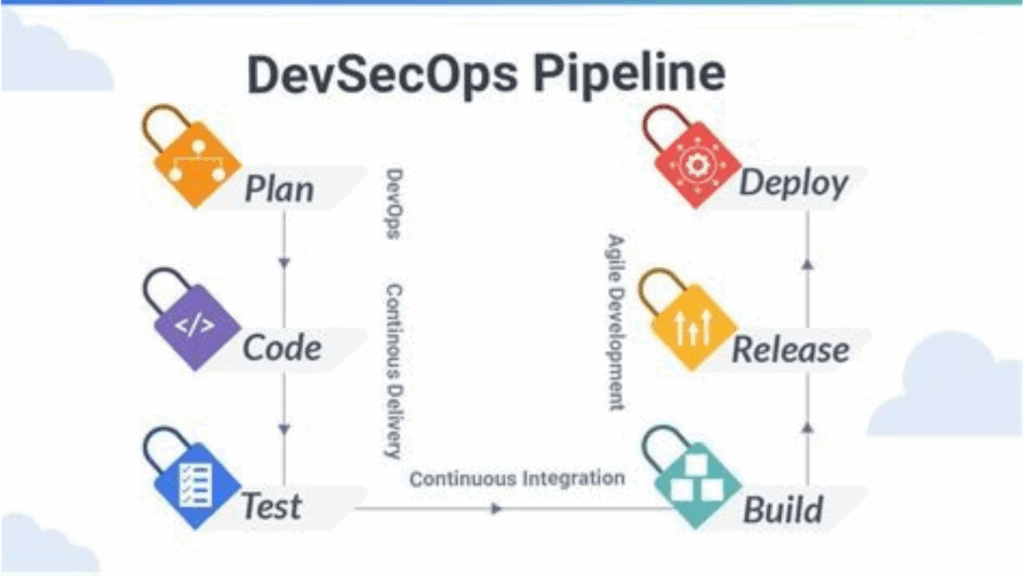In software testing, a software bug is an informal name for defects, which is the software that is not working as requirement. A software bug can also be issue, error, fault or failure. The bug comes when the developers make any mistake while developing any product.
The Bug Life cycle
In this there are different states of the bugs. The different status of bugs are new/open, assigned, fix, re-open, closed.
When the test engineer finds the bug, status is given as New which shows that the bug is found. When this new bug must be reported to the concerned developer by changing the status as Assigned because the responsible person should lookout of that bug.
Then the developer should go through the bug, so that the developers read all the navigation steps to decide if it is a valid bug. If the bug is valid, the developer starts recreating the bug on the application once the bug is successfully recreated the developer will analyse the code and does the necessary changes and this change is called as Fixed status.
The main code modifications will be done and the bug is fixed. The test engineer re-tests the bug, and test engineer performs the similar action once again as mentioned in the bug report and changes the status accordingly like close, if the bug fixes properly and functionally working according to the requirement. ‘Re-open’ if the bug still present or may be not working properly as per the requirement and sends back to the developer. This process continuous until the bug is fixed completely.
Other status of bugs:
Once all the bugs are identified and bug report is prepared and sent to the developer, he will accept the bug and starts to do the necessary changes which become positive flow of the bug cycle. We have various conditions as developers may not be necessary code changes and based on the situation which becomes a negative flow or status of the bug life cycle.
The following status of bug life cycle are:
- Invalid / Rejected
- Suppose if the system is working according to the specifications and bug is due to some misinterpretation then the team lead or may be developers can mark the bugs as “Rejected”.
- There are many reasons for invalid status of the bug
- Test engineer misunderstood the requirements
- Developer misunderstood the requirements
- Duplicate
If the bug or defect is repeated twice or may be corresponds to the concept which is same, the status of the bug is changed as duplicate by the development team.
The reasons for the duplicate status are:
Consider an example we have test engineer P and Q which are testing software, the test engineer P and Q test their features like login the application.
Here the test engineer P will enter the valid username and password and click on the login button. Once the login button opens a blank page which means that it is bug. Then the test engineer Q also login the application and has equivalent similar bugs and sends to the developer. As developer has test engineers bug report, he sends back the report to Q and tell it is a Duplicate.
Jira Bug Life cycle:
This jira bug life cycle is also known as defect cycle. The bug life cycle consists of set of states that bug goes through. The number of states that bug goes through varies from the project to project. We may define the bug error flaw and we can say that actual output will not match with the required output. that is known as bug or defect. Both the terms that will be bug or defect are commonly used as popular is a bug.
Questions:
1. What is Bug life cycle?
2. What are the methods of Bug life cycle Explain?



























